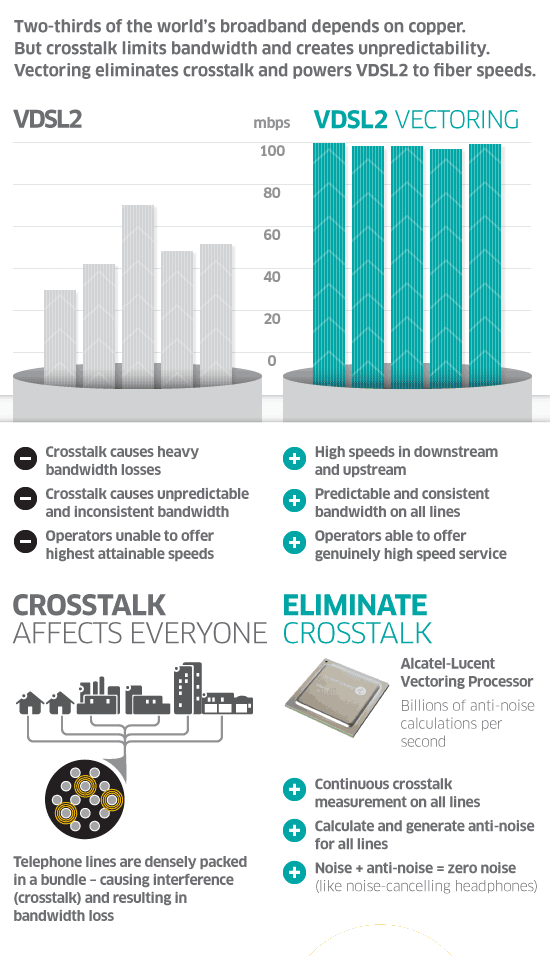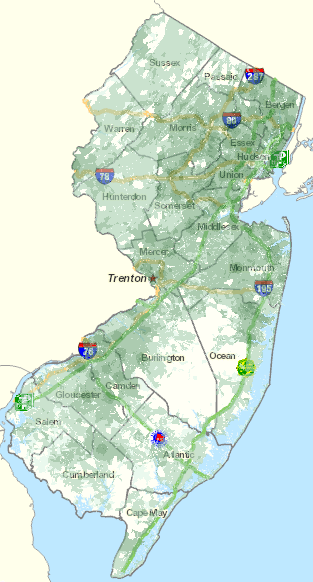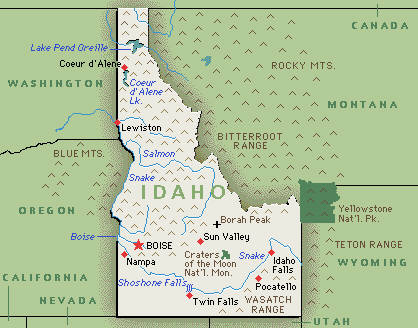 Alcatel-Lucent reported this month next generation DSL technology is a success for the company, with more than five million customers outside of North America now getting speeds up to 100Mbps over ordinary copper telephone lines.
Alcatel-Lucent reported this month next generation DSL technology is a success for the company, with more than five million customers outside of North America now getting speeds up to 100Mbps over ordinary copper telephone lines.
VDSL2 line vectoring delivers more than twice the speed of AT&T’s fiber to the neighborhood U-verse service, and has proved reliable for simultaneous television, broadband, and telephone usage. It will even support 4K video streaming of ultra high-definition video.
Vectoring employs sophisticated noise cancelling to cut “crosstalk” interference to boost broadband performance. Testing has shown VDSL2 line vectoring can offer 100/30Mbps service with copper lengths as long as 1,600 feet. Most VDSL2 services are delivered over telephone networks that replace at least some copper wiring with fiber.
Alcatel-Lucent has shipped enough VDSL2 vectoring equipment to provide service to five million customers, surpassing non-vectored VDSL2. But practically none of the equipment is headed to North American ISPs. Instead, companies including Belgium’s Belgacom, Israel’s Bezeq, KPN in the Netherlands, Telecom Argentina, Telecom Italia, TE Data in Egypt and NBN Co. in Australia have launched vectoring technology, offering service to customers at speeds topping out at 70-100Mbps.
Most customers switched to VDSL2 vectoring see their speeds double, usually from 30Mbps to 70Mbps or more. Providers like Belgacom have been careful to only promise speeds the company can actually deliver. Belgacom’s own tests found 100Mbps service was only completely reliable when the amount of copper between the customer and the company’s fiber connection was kept less than 650 feet, so it has capped customer speeds at 70Mbps for now.
“The prime goal in DSL must be signal quality, integrity, robustness and stability for perfect video grade services,” says the Belgian ISP.
Vectoring technology has been on the drawing board for a decade and is only now achieving success in the market.
Many ISPs are choosing to deploy vectoring because it is less costly than a fiber upgrade and can still meet the speed goals demanded by government regulators. The technology has proven robust even where copper wire networks have degraded. In several European countries, homes are still serviced by indoor copper wiring insulated with paper sheaths.
Alcaltel-Lucent believes even after vectoring is widely deployed, it won’t be a dead-end for DSL service.
The company is working on its next generation “Phantom Mode” technology that combines VDSL2 bonding and VDSL2 vectoring with a traditional voice technology called “phantom transmission.” This combination adds a virtual channel to create three channels over 2 pairs of phone wiring.
In Phantom Mode tests, the company achieved 300Mbps over 2 pairs at 400 meters and 1Gbps (up and down-stream combined) over 4 pairs.
[flv]http://www.phillipdampier.com/video/Alcatel Lucent DSL Vectoring 5-2014.flv[/flv]
Alcatel-Lucent produced this video explaining vectoring technology. (A “CPE” means customer-premises equipment, in this case the DSL modem.) (3:09)


 Subscribe
Subscribe As of May 1st, Frontier Communications has raised the price of its standalone DSL service $5 a month, primarily because its competitors have also raised prices.
As of May 1st, Frontier Communications has raised the price of its standalone DSL service $5 a month, primarily because its competitors have also raised prices. Despite the speed increases, cable competitors still made their presence known. Most cable companies sell faster service than Frontier offers and on the low-end, Time Warner Cable’s 2Mbps $15 broadband package, marketed to current DSL customers, was acknowledged to have an impact by Wilderotter, but not enough to bring a significant change in competitive intensity.
Despite the speed increases, cable competitors still made their presence known. Most cable companies sell faster service than Frontier offers and on the low-end, Time Warner Cable’s 2Mbps $15 broadband package, marketed to current DSL customers, was acknowledged to have an impact by Wilderotter, but not enough to bring a significant change in competitive intensity.
 Verizon has been upset with the tone and accuracy of many New Jersey residents who have written the state’s Board of Public Utilities urging them to reject a settlement offer than would allow Verizon to walk away from its commitment to deliver high-speed broadband to 100% of the state.
Verizon has been upset with the tone and accuracy of many New Jersey residents who have written the state’s Board of Public Utilities urging them to reject a settlement offer than would allow Verizon to walk away from its commitment to deliver high-speed broadband to 100% of the state.
 CenturyLink’s philosophy about offering gigabit fiber broadband speeds in Idaho can be summed up simply as “for business-use only.”
CenturyLink’s philosophy about offering gigabit fiber broadband speeds in Idaho can be summed up simply as “for business-use only.” Idaho could find itself a bystander in the growing movement to deploy gigabit fiber to the premise broadband, despite the fact CenturyLink already has fiber infrastructure available nearby.
Idaho could find itself a bystander in the growing movement to deploy gigabit fiber to the premise broadband, despite the fact CenturyLink already has fiber infrastructure available nearby.